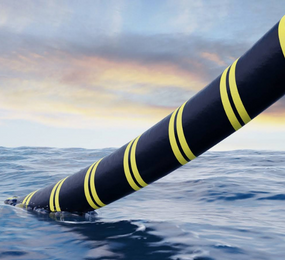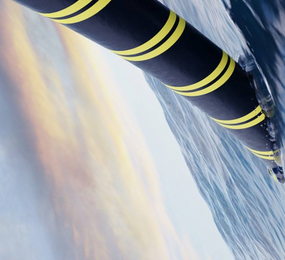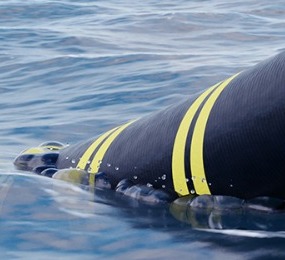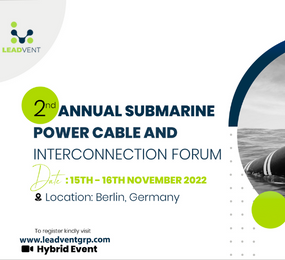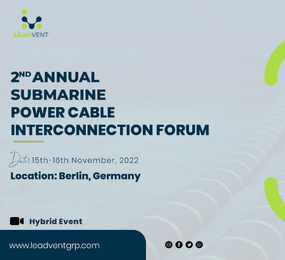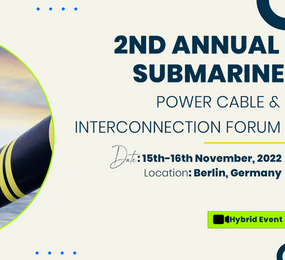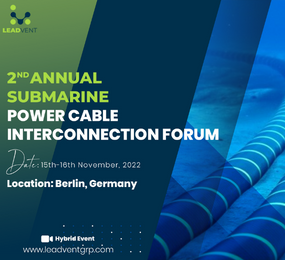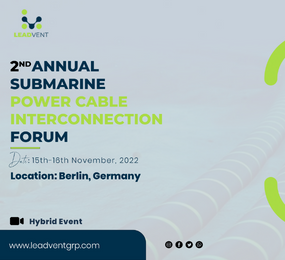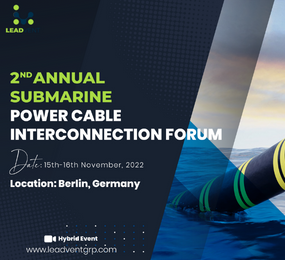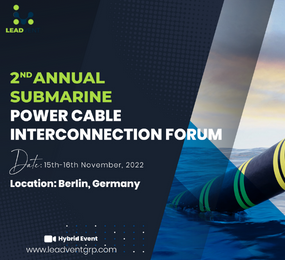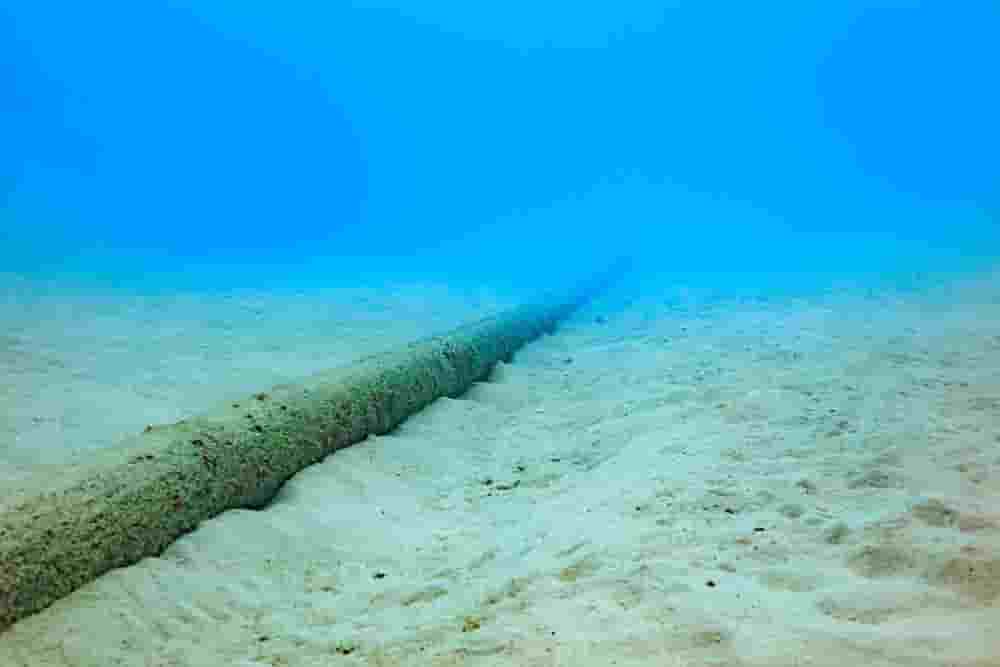Multi-purpose Interconnector is the future of Offshore wind systems as the UK Government has considered its application which they described as being more efficient and environmentally friendly in the integration of 50GW of offshore wind capacity by 2030. It is also stated that the use of MPI will also enhance Britain to export of excess wind energy to nearby countries.
UK Government Setting Stage for Offshore Wind Multi-Purpose Interconnectors.
The government has put in place several plans to tighten legal and Regulatory clarity over the licensing of future MPIs to demonstrate a clearer roadmap for the implementation of wind energy into the grid.
Considering the 50GW of offshore wind by 2030 plan by the UK Government, building a single point to point connection for each and every offshore wind farm seems unattainable and could make a major challenge considering the environmental and local impacts according to the (BEIS) Department for Business, Energy and Industrial Strategy. Moreso, the BEIS also mentioned that given its recent research, An increase of 18GW upwards in the interconnector capacity will help tremendously in achieving the 50GW goal as well as be a plus to Great Britain's security of supply.
In order to decrease or eliminate the offshore wind development barriers and also bring down costs, constructing a prospective generation of offshore connection hubs simply running hybrid interconnectors between both the offshore wind and normal electricity.
Offshore wind has been embraced by the UK- being the world most top Offshore wind energy producer. The use and production capacity of offshore wind power has been experiencing remarkable growth over the recent years, although according to reports, about 50% of the capacity transmission line is still unused. Due to this situation, the Transmission system operators(TSO) thought out an innovative idea. Furthermore, the idea being the application of MPI will help connect all offshore wind farms to all the major national grids efficiently.
Currently, two lines of hybrid interconnectors have been established in the EU; the combined grid solution in Germany and TSO Energinet in Denmark connecting two substations in the Baltic sea. The two TSOs are making headway on installing a 2GW wind capacity which will be connecting both their major grids. Moreso, the project is expected to start operations by 2029.
Benefits of MPIs
The role of MPI in the expansion of wind energy cannot be overemphasized, the net-zero plan can be possible by combining the offshore wind connections with the links to borderline markets. According to BEIS, MPI possesses a lot of potentials if encouraged.
-
A decrease in the number of landfall points of the onshore grid connections.
-
The environmental and local community impacts will be lessened or even mitigated.
-
Reduction of the overall total cost of the project- capital and operational costs
-
Maximizes the wind energy output.
In conclusion, legislative changes are needed so as to promote MPI application in a bigger way although the BEIS is already making headway with Ofgem regarding how to eliminate the barriers and the best approach needed to enhance the enduring regime for MPIs. Significantly, as the offshore wind energy market continues to expand and grow tremendously, innovations in the best practices, methods, and techniques become the order of the day and thus need attention so as to further reduce the running cost of the infrastructure, and maximize profit and energy generated.


